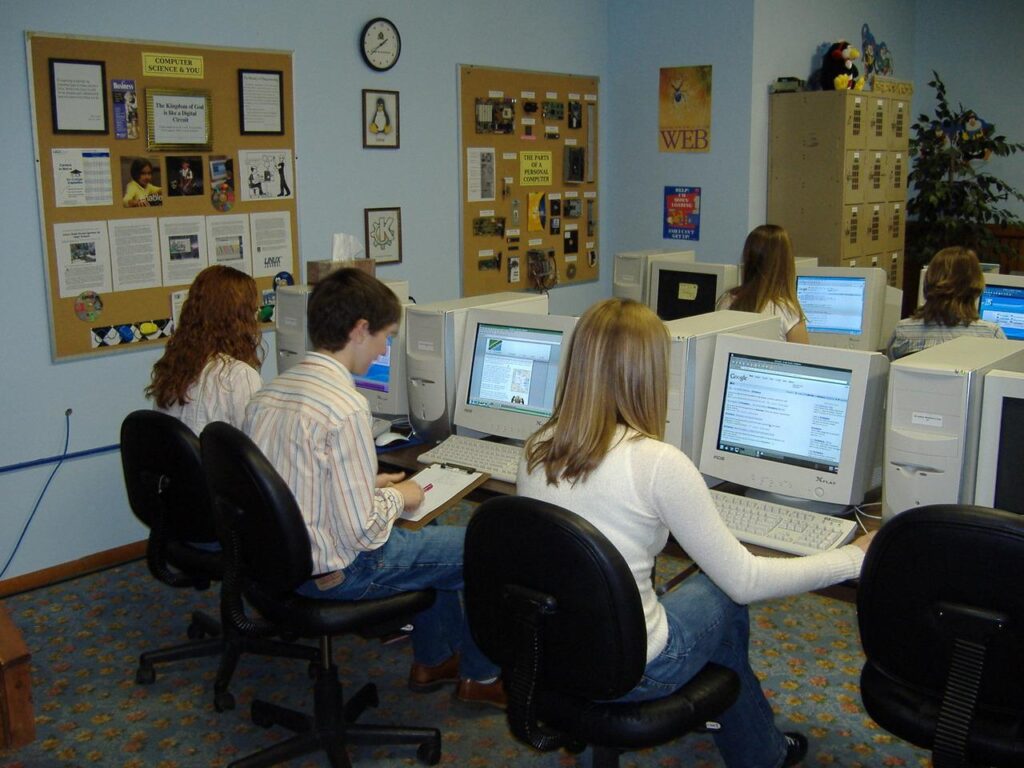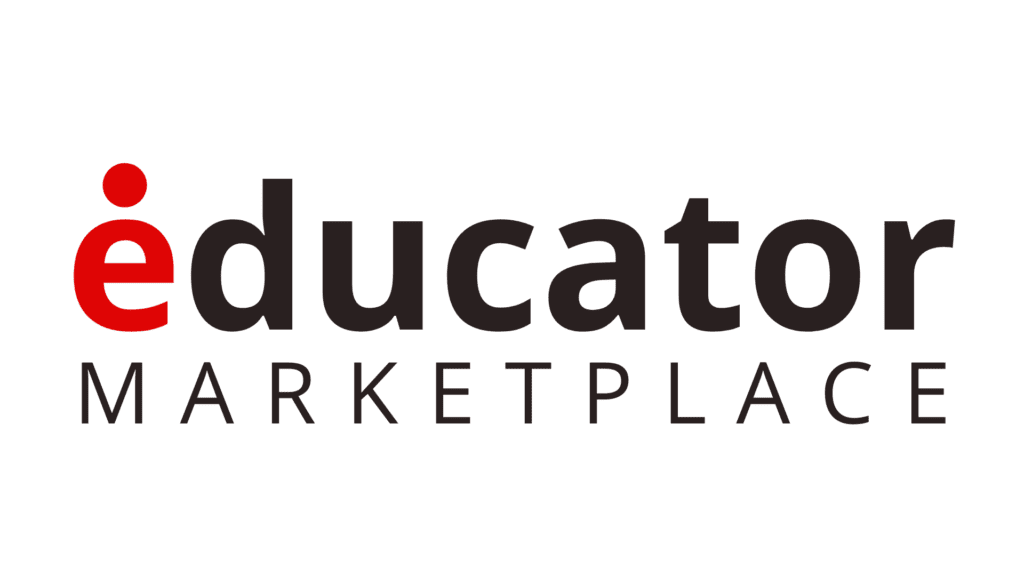Classroom, Tips & Tricks
Real World Classroom Tech Issues

By Craig Perrier
When I entered the education profession I was warned and nurtured about the use and roles of technology in my classroom. The advice was both well meaning and helped frame my personal vision regarding educational technology in relation to my content knowledge and instructional practices. A synthesis of these three domains (content, instruction, and technology) is best articulated in the Technological Pedagogical Content Knowledge (TPACK} Model by Mishra and Koehler in 2006.
But, let’s get back to that advice I mentioned above. First, the warnings. Being in education, I was told, means that there will most likely be an element of technological lag. The field is generally slow to assimilate new technology and often lacks the funding to do so quickly and on a large scale. Moreover, technology use in education is often framed with parental permission forms for children, security checks, platform integration tests, and may lack district supported training.
Balancing this list of obstacles was some collective wisdom about technology’s potential in education. Of utmost importance was the guidance that stressed the use of technology must be purposeful. In short, using technology for its own use was not a convincing reason. Additionally, staying informed about educational technology through my own efforts and by developing a professional network about the topic would be invaluable. Finally, I was counseled not to fear technology. Rather, exploring its potential through action research and change ideas would help frame implementation and elevate my students to partners in these practices.
As you and your organization work with districts, it will be imperative that you know their technology footprint and profile. Key general questions include “Where are you know regarding the use of technology in the classroom?”, “What are some successes and challenges your district has experienced with educational technology?”, and “Where do you want to be in three years and what is the plan to get there?”
When answers to those questions are known, I then suggest you analyze them further regarding some high profile, current educational technology topics. The list below details four such topics and offer additional, specific avenues of support.
- Accessibility: There is a growing demand for digital resources to be created or converted for student and educator usage. Font and color choice, along with how hyperlinks are used and the way images and tables are formatted are all part of accessibility needs to be supported.
- Connectivity: Internet connectivity in school and at home should not be a luxury. It is hard to imagine contemporary and future education being successful when students an teachers can’t access it. Additionally, what safeguards are in place when accessing the internet should be addressed in tandem with connectivity topics.
- 1:1 Profile: Supporting new and maintaining current student devices is a newer demand on schools. Guiding schools with all aspects of 1 student: 1 device support is likely to build sustained partnerships.
- Artificial Intelligence (AI): AI is a new(er) and exploding field in education. Schools will need insight on how to navigate and implement AI as well as train staff and communicate with their community about the limits and ethics related to AI use. This is a dynamic field you should be planning to support now.
Overall, these topics (and others) represent real life issues schools are facing regarding technology use in the classroom. The list will certainly evolve, but considering the lag schools face with technology implementation, these topics will be relevant for years to come. Districts need your support to make the use of technology meaningful, possible, and intentional in the classroom.
Shop for new technology with a Special Educator Discount!




